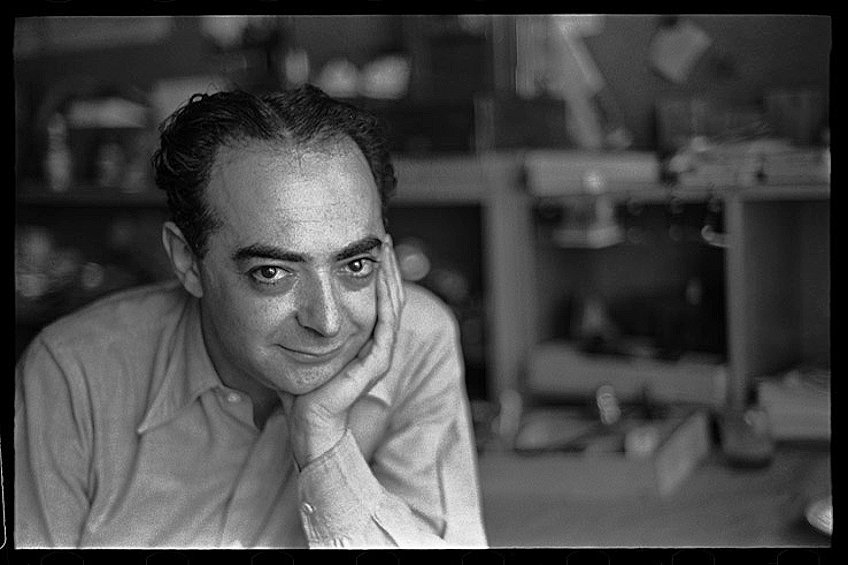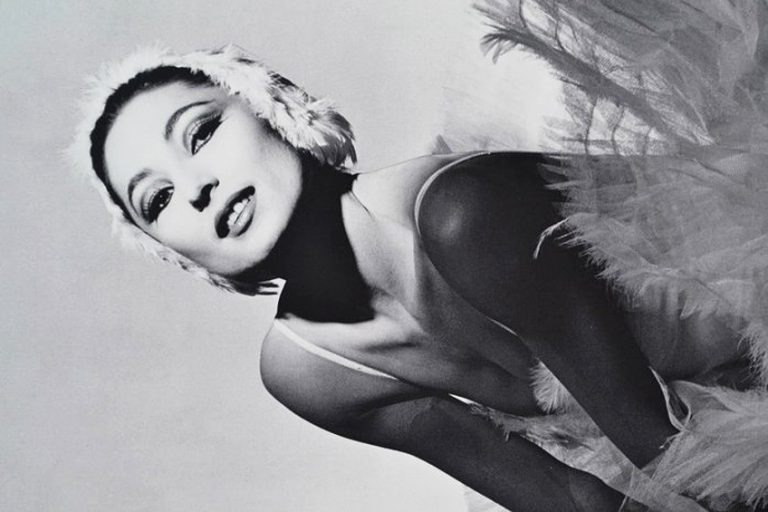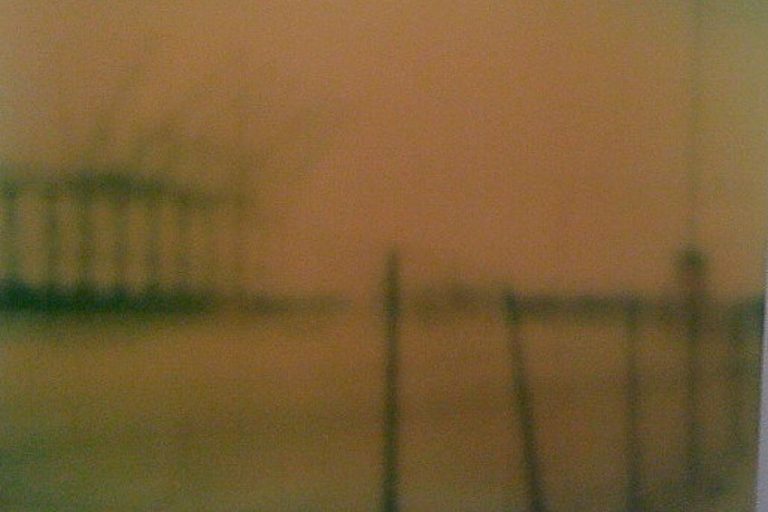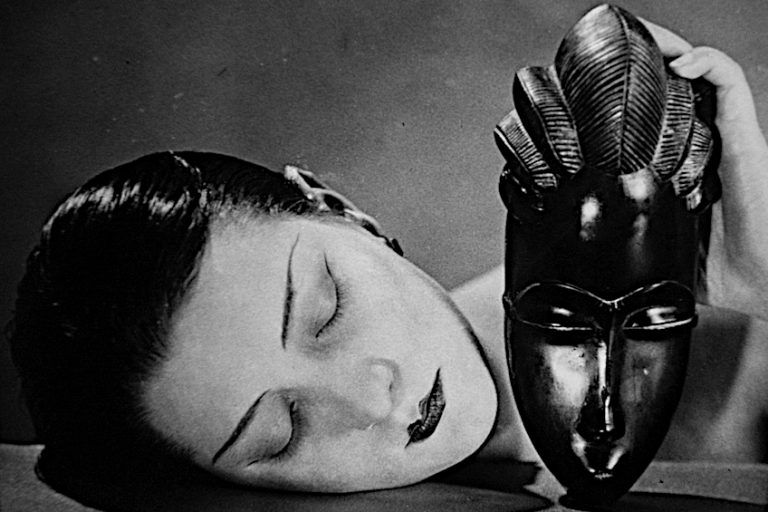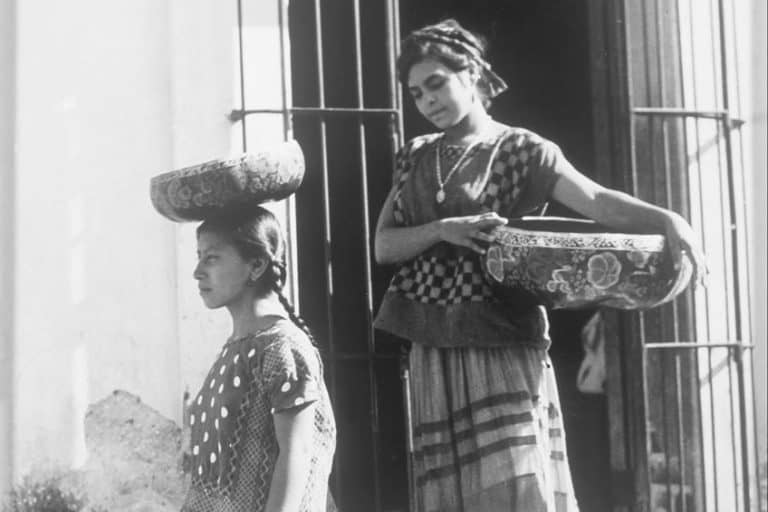Brassaï – Capturing Parisian Nights Through Photography
Brassaï, a luminary of 20th-century photography, holds an enduring legacy as one of the most influential visual chroniclers of urban life and culture. Born Gyula Halász in 1899 in Brassó, Hungary (now Romania), Brassaï’s lens captured the essence of Paris during its transformative years between the World Wars. Renowned for his evocative black-and-white images, Brassaï masterfully illuminated the nocturnal world of Parisian streets, imbuing them with an unmatched sense of mystery, romance, and humanity. His unparalleled ability to unveil the hidden narratives within the city’s shadows and nightlife established him as a pioneer in the realms of street photography and photojournalism. Through his lens, Brassaï revealed the soul of Paris, immortalizing its cafes, cabarets, and characters with unmatched sensitivity and insight that continues to inspire generations of photographers and enthusiasts alike.
Key Takeaways
- Brassaï was a notable Hungarian-French artist renowned for his photography that vividly chronicled Parisian life in the 20th century.
- He possessed a unique artistic vision that brought the intimate and contrasting sides of Paris to the forefront through his acclaimed works.
- Brassaï’s legacy extends beyond photography, influencing various art forms and leaving a lasting impact on the art community.
Early Life and Background
| Birth | September 9, 1899 |
| Death | July 8, 1984 |
| Place of Birth | Brasso, Kingdom of Hungary (now Romania) |
| Notable Artworks |
|
Brassaï, originally named Gyula Halász, was a multifaceted artist who made an indelible mark on the creative world as a Hungarian-French photographer in the 20th century. Born on September 9, 1899, in Brassó, a city in the Austro-Hungarian Empire, he later adopted the name “Brassaï” which reflects his place of origin. Moving to Paris in the 1920s, Brassaï found the vibrant city to be an endless source of inspiration, and it was here that he fully blossomed as an artist.
His work, particularly in photography, captured the essence of Parisian nightlife, revealing the city’s diverse culture and its inhabitants’ private moments. Brassaï’s eye for detail and ability to capture the intimacy of scenes was unparalleled. His photographs often depicted a Paris that was both gritty and beautiful, a juxtaposition that marked his unique vision. Beyond photography, Brassaï also ventured into the realms of sculpture, writing, and filmmaking, showcasing his versatility as an artist.
Origins and Education
Born on September 9, 1899, in Brassó, a city in Transylvania, which at the time was part of Austria-Hungary and is now in Romania, Gyula Halász hailed from a Hungarian background. His formative years were spent absorbing the rich cultural tapestry of his homeland.
He pursued his education at the Hungarian Academy of Fine Arts, where he was originally trained as a painter before discovering his passion for photography.
Early Work
Prior to his fame as a photographer, Brassaï worked as a journalist, which sharpened his observational skills. This period saw him traveling to Berlin, where the artistic vibrancy of the city during the 1920s further influenced his creative development.
Move to Paris
In 1924, drawn by the flourishing community of Hungarian artists, Brassaï relocated to Paris, specifically the Montparnasse district. Montparnasse was a hub for artists, writers, and intellectuals, providing a perfect canvas for Brassaï’s burgeoning photographic career.
Mature Period
It was in Paris that Brassaï honed his craft, capturing the essence of the city’s streets, culture, and nightlife. His work embodied a keen sense of realism and an unprecedented depth of character, which distinguished him in the photographic community. His defining monograph, Paris by Night, contains his iconic nightscapes and is often regarded as his seminal work.
Late Period
In the latter part of his life, well into the 21st century, Brassaï’s acclaim continued to rise. His influence extended beyond photography, as his body of work encompassed sculptural and literary contributions, firmly cementing his status as a multi-faceted artist.
Brassaï continued to work and reside in France until his passing in 1984, leaving a legacy that profoundly shaped both vernacular and fine art photography.
Photographic Exploits
Brassaï’s photography is a journey through the nocturnal soul of Paris, capturing its nightlife, rain-drenched streets, and artistic circles with pioneering street photography that garnered international recognition and exhibits at prestigious venues like the Museum of Modern Art.
Paris by Night
Brassaï’s magnum opus, Paris by Night, is a defining collection of nighttime photography. This seminal work comprises a series of black and white images that showcase Paris’s dynamic range—from its rain-glistened boulevards to the vibrant thrum of its nightlife scenes.
The photographs in Paris by Night profoundly influenced the trajectory of street photography, revealing the city’s nocturnal character.
Montparnasse Affairs
In the heart of Paris, Brassaï frequently visited Montparnasse—an area teeming with bohemian energy and the haunt of noted artists and intellects. His time there was not solely passed in leisure; he documented the area’s energy and pleasures through his lens. Not far from these lively streets lay the Montparnasse Cemetery, an occasional subject that contrasted the vibrancy of Parisian life with the somber stillness of final repose.
Recognition and Exhibitions
Through his photographs of Paris at night, Brassaï received extensive acclaim. His works were exhibited worldwide, including at the esteemed Museum of Modern Art in New York. His exhibitions showcased not only the visual allure of Parisian streets after dark but also the city’s spectrum of high and low culture, resonating with a wide audience and affirming his status in the pantheon of great photographers.
Collaborations and Artistry
Brassaï’s contributions to the world of art are marked by his momentous collaborations and a diverse portfolio that spans photography, sculpture, and filmmaking. His enduring relationships with fellow artists and writers catalyzed a rich exchange of creativity and innovation in various artistic endeavors.
Influential Friendships
- Pablo Picasso: Brassaï developed a profound friendship with Picasso after being invited by art critic Tériade to photograph the artist in 1932. This encounter blossomed into a lifelong camaraderie, with Brassaï capturing the essence of Picasso’s studio and artworks, fostering mutual admiration.
- Salvador Dalí and Surrealists: His connections with key figures like Salvador Dalí linked Brassaï to the Surrealist movement. Collaborating with surrealists, Brassaï’s photographs often mirrored the movement’s philosophies, bringing a dream-like quality to his depictions of Parisian life.
- Literary figures: Brassaï also maintained relationships with literary figures such as Jacques Prévert and Henry Miller. His photographic contributions to Harper’s Bazaar bridged the visual and literary arts, as he often illustrated the works of these writers with his insightful imagery.
Diverse Artistic Ventures
- Photography and publication: Brassaï’s photographic artistry was not limited to portraiture; it extended into the realms of street photography and sculpture. His exploration of light and shadow translated into a rich body of work that included the photo book, Artists of My Life, which celebrated his relationships with other eminent creators.
- Sculpture: As a sculptor, Brassaï honed a tangible expression of his artistic vision, revealing the intrinsic bond between the tactile and visual aspects of his artistry.
- Filmmaking and writing: His venture into filmmaking resulted in the production Tant qu’il y aura des bêtes, which garnered acclaim at the Cannes Film Festival in 1956. As a writer, he authored numerous stories and biographies, underlining his narrative skills through a variety of media.
Legacy and Influence
Brassaï’s work transcended the bounds of his era, embedding his signature in various forms of visual arts and inspiring a generation of artists and photographers. His legacy, characterized by a profound effect on photography and the broader cultural landscape, continues its profound relevance.

Publications and Impact
Brassaï’s literature, particularly Henry Miller: The Paris Years, marks not only an exploration of his environment but also a significant cultural footprint. His publications extended his impact beyond photography, allowing him to express his fascination with Parisian society in various mediums. Some of his notable works include Trente Dessins and an array of prints that capture the essence of his subjects, from the high society to the underbelly of Paris.
Inspirational Figure
As an inspirational figure, Brassaï influenced many, including Salvador Dalí with whom he forged a creative alliance, capturing Dalí’s volatile persona through portraits. His interactions with other artists, including the works of writer Henry Miller, positioned him not only as a photographer but also as a beacon in the artistic community.
His portrayal of city life, with its prostitutes, crime, and graffiti, sharpened the visual vocabulary of photographers like Diane Arbus, who later delved into her own explorations of society’s fringes.
Influence of Brassaï Today
Even in contemporary times, Brassaï’s influence perseveres. Residencies in Nice and Venice helped diversify his oeuvre, and his approach to capturing the dynamic range of night scenes continues to be celebrated in exhibitions. His drawings serve as a testament to his versatility, while his pioneering work in photographing the urban night has paved the way for modern-day explorations in the fluidity of city life and its various manifestations.

Brassaï’s contribution to the world of photography transcends mere documentation; it encapsulates the essence of an era and the soul of a city. Through his evocative images, he immortalized Paris in all its complexity, offering us a timeless glimpse into its nocturnal rhythms and hidden narratives. Brassaï’s mastery lies not only in his technical prowess but also in his ability to capture the human spirit amidst the shadows and fleeting moments of urban life. As we reflect on his enduring legacy, we are reminded of the power of photography to transcend time and space, inviting us to explore and cherish the beauty and poetry found within the ordinary and the extraordinary alike. Brassaï remains an eternal source of inspiration for photographers and enthusiasts, and is a beacon guiding us to discover the profound beauty that exists in the world around us.
Frequently Asked Questions
What Are Some of the Most Iconic Photographs Taken by Brassaï?
Brassaï is celebrated for his evocative imagery of Parisian life, particularly at night. Among his most acclaimed works are photographs from his book, Paris by Night, which include intimate portraits of the city’s denizens and atmospheric shots of its foggy streets.
How Did Brassaï Contribute to the Surrealist Movement Through His Photography?
Through his photography, Brassaï explored the fringes of Parisian society and captured the bizarre and the erotic, aspects that resonated with Surrealist sensibilities. His nighttime scenes, brimming with shadow and mystery, often harbored a dreamlike quality that linked them closely to the movement.
Which Locations in Paris Are Prominently Featured in Brassaï’s Photographs?
Brassaï’s lens frequently focused on the Montparnasse district, known as a hub for artists and intellectuals. Additionally, his nocturnal wanderings led him to document other vibrant areas of Paris including its boulevards, bistros, and quieter, contemplative spaces like the banks of the Seine.
Isabella studied at the University of Cape Town in South Africa and graduated with a Bachelor of Arts majoring in English Literature & Language and Psychology. Throughout her undergraduate years, she took Art History as an additional subject and absolutely loved it. Building on from her art history knowledge that began in high school, art has always been a particular area of fascination for her. From learning about artworks previously unknown to her, or sharpening her existing understanding of specific works, the ability to continue learning within this interesting sphere excites her greatly.
Her focal points of interest in art history encompass profiling specific artists and art movements, as it is these areas where she is able to really dig deep into the rich narrative of the art world. Additionally, she particularly enjoys exploring the different artistic styles of the 20th century, as well as the important impact that female artists have had on the development of art history.
Learn more about Isabella Meyer and the Art in Context Team.
Cite this Article
Isabella, Meyer, “Brassaï – Capturing Parisian Nights Through Photography.” Art in Context. March 12, 2024. URL: https://artincontext.org/brassai/
Meyer, I. (2024, 12 March). Brassaï – Capturing Parisian Nights Through Photography. Art in Context. https://artincontext.org/brassai/
Meyer, Isabella. “Brassaï – Capturing Parisian Nights Through Photography.” Art in Context, March 12, 2024. https://artincontext.org/brassai/.


